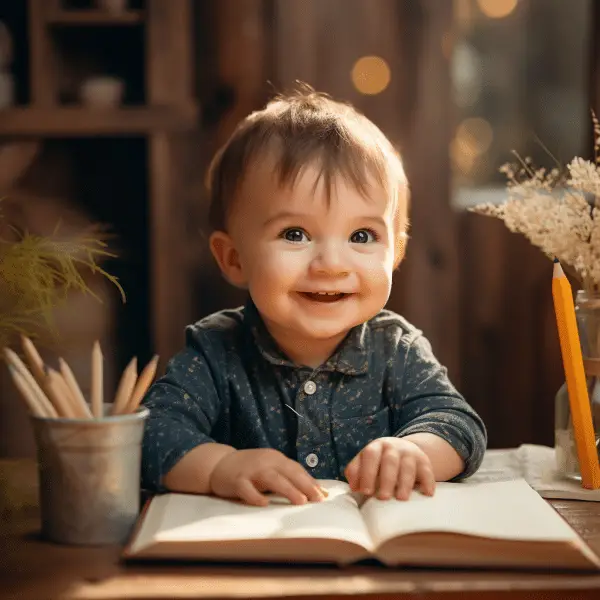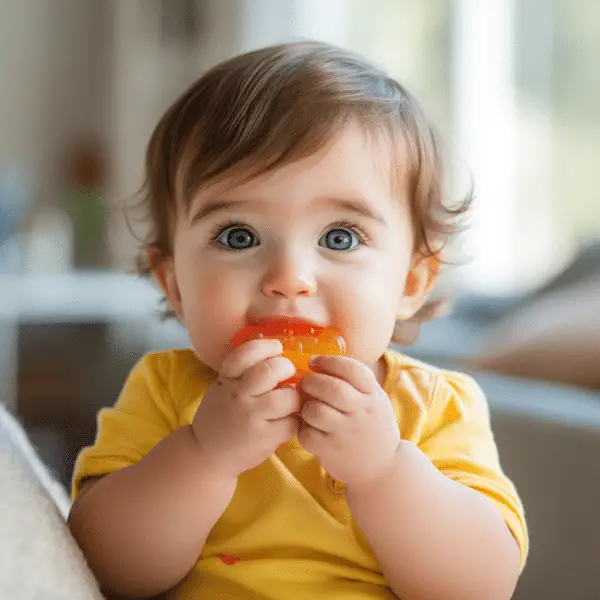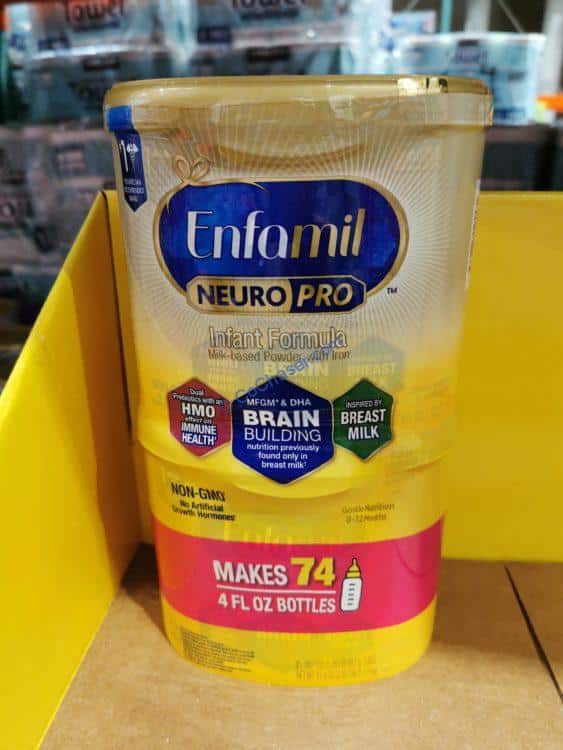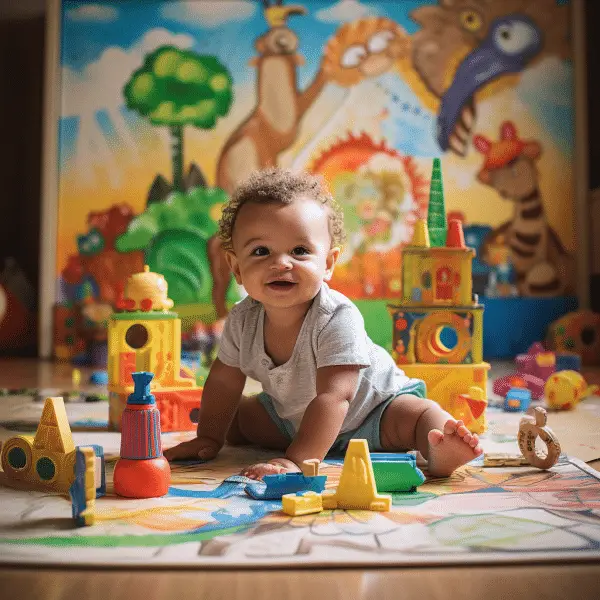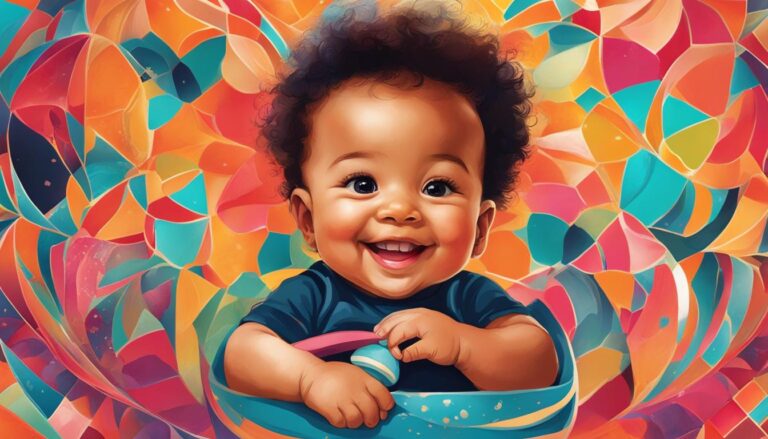Nurturing Your Baby’s First-Year Milestones: A Guide
Baby’s first-year milestones of Your child’s life is an incredible period of growth and development. It’s a time filled with precious memories that you’ll cherish forever. As a parent, tracking your baby’s milestones can provide valuable insights into their progress and ensure they are reaching important developmental stages.
In this article, we will explore the key milestones that a 1-year-old should reach according to the CDC. We’ll discuss their cognitive, social and emotional, physical, and language milestones. Understanding these milestones can help you nurture your child’s growth and provide them with the support they need during this critical period.

Key Takeaways:
- Tracking your baby’s milestones provides insights into their development.
- Key milestones to look for include cognitive, social and emotional, physical, and language milestones.
- Engaging your baby with simple instructions and games can enhance their cognitive and social development.
- Encouraging your baby’s physical milestones, such as crawling and walking, is important for their overall development.
- Reading books and interacting with your baby can greatly enhance their language development.
Cognitive Milestones
During your baby’s first year, their cognitive development plays a crucial role in their overall growth and learning. Cognitive milestones refer to their ability to learn, think, and problem-solve. By the time your baby reaches one year old, they should be making significant progress in this area.
At this stage, baby’s first-year milestones should be able to find hidden objects, such as toys hidden under a blanket or behind furniture. Encourage their problem-solving skills by engaging them in simple activities like putting a toy in a bucket or helping them stack blocks. These activities help stimulate their brain development and encourage their natural curiosity.
Remember, your baby’s brain is like a sponge, ready to absorb information quickly. It’s important to provide them with a stimulating environment that encourages exploration and learning.
Cognitive Milestones:
- Finding hidden objects
- Problem-solving habits
- Learning through play
- Developing memory skills
“The more we stimulate their brain through play and engaging activities, the more they thrive in their cognitive development.” – Dr. Emily Johnson, Pediatrician
By focusing on cognitive milestones, you can help pave the way for your baby’s future learning and development. Engage them in age-appropriate activities that encourage problem-solving, memory skills, and interactive play. Remember, every child develops at their own pace, so be patient and supportive as they reach important cognitive milestones.
| Cognitive Milestones | Typical Age Range |
|---|---|
| Finding hidden objects | 9-12 months |
| Imitating actions | 9-12 months |
| Stacking blocks | 9-12 months |
| Understanding cause and effect | 9-12 months |
| Pretend play | 12-18 months |
Social and Emotional Milestones
During the first year of a baby’s life, they develop important social and emotional milestones. These milestones reflect their growing awareness of their surroundings, their ability to express emotions, and their enjoyment of social interactions. Understanding these milestones can help parents nurture their baby’s social and emotional development.
Expressing Emotions
By the age of one, babies become more expressive in showing their emotions. They can exhibit joy when they are around familiar people or engaging with their favorite toys. They may also cry when something is taken away from them or when they are upset. These emotional displays are a sign of their increasing understanding and ability to communicate their feelings.
Laughing and Playing Games
At one year old, babies start to find humor in simple games and interactions. They may giggle when you play games like pat-a-cake or peek-a-boo, as they enjoy the surprise element. Engaging your baby with playtime not only brings joy but also helps them develop important social skills, such as turn-taking and sharing. Through play, babies learn about cause and effect, build relationships, and enhance their emotional understanding.
Creating a loving and supportive environment that encourages social interactions is key to helping your baby reach their social and emotional milestones. Providing opportunities for play and interaction, introducing them to new experiences and people, and responding to their emotions with warmth and understanding all contribute to their development in this crucial area.
| Social and Emotional Milestones | Examples |
|---|---|
| Expressing Emotions | Showing joy and excitement when playing with familiar people or toys, expressing sadness or frustration when upset |
| Laughing and Playing Games | Giggling during interactive games like pat-a-cake or peek-a-boo, enjoying sharing and turn-taking |
| Building Relationships | Showing preference for certain people, seeking comfort from caregivers |
Physical Milestones
During the first year of a baby’s life, they go through significant physical milestones that pave the way for their overall development. These milestones include crawling, standing, walking, and fine motor skills.
Crawling
Crawling is a major physical milestone for babies and typically occurs between six to ten months of age. It is an important step towards developing strength, coordination, and independence. Encourage your baby to crawl by placing enticing toys just out of their reach. This helps them build their muscles and improve their motor skills.
Standing
By the end of their first year, babies start to pull themselves up to a standing position using furniture or other objects for support. This milestone is crucial in developing balance and coordination. You can support your baby’s progress by providing stable objects to hold onto and encouraging them to pull themselves up.
Walking
Walking is a significant milestone that usually occurs between nine to twelve months. Some babies may start walking independently around their first birthday, while others may need more time and practice. It is essential to create a safe environment for your baby to explore and practice their newfound skills. Hold their hands or use a push toy to assist them in their walking journey.
Fine Motor Skills
Fine motor skills involve the coordination of small muscles, particularly in the hands and fingers. By the end of their first year, babies should be able to use their thumb and pointer finger to pick up small objects, such as finger foods. Encourage their fine motor skills development by providing toys or activities that involve grasping, stacking, and sorting.
| Physical Milestones | Average Age of Achievement |
|---|---|
| Crawling | Between six to ten months |
| Standing | By the end of the first year |
| Walking | Around the first birthday |
| Fine Motor Skills | By the end of the first year |
Language Milestones
During your baby’s first year, their language development progresses rapidly. By the time they reach their first birthday, you can expect them to have achieved significant language milestones.
One important milestone is their ability to understand simple phrases. Babies at this age can comprehend basic instructions or requests, such as “give me the toy” or “come here.” They may not be able to respond verbally yet, but they can understand the meaning behind these phrases.
“Babies at one year old can understand simple phrases and respond to their own name.”
Another milestone is their response to their own name. When you call your baby by their name, they should be able to turn their head and look at you or react in some way to acknowledge that they recognize their name.
Babies at this age also start to use gestures to communicate. They may wave “hi” or “bye” appropriately and use other gestures to express their needs or wants. For example, they may point at something they want or shake their head to indicate “no.”
Language Milestones Summary:
- Babies at one year old can understand simple phrases.
- They respond to their own name.
- They start using gestures like waving and shaking their head.
- They may use simple words or sounds to communicate.
Encouraging your baby’s language development can be done through various activities. Reading books to them regularly exposes them to new words and helps them develop a love for reading. Talking to your baby frequently and narrating your daily activities also aids in their language development. Remember to respond to their attempts at communication, whether through sounds, gestures, or babbling, as this encourages them to continue exploring language.
Partnering with a Pediatrician
When it comes to tracking your child’s development and ensuring their well-being, partnering with a pediatrician or a family medicine physician is essential. These healthcare professionals have the knowledge and experience to provide the necessary care and guidance at every stage of your child’s growth. Regular check-ups with a pediatrician can help ensure that your child is reaching their milestones and developing optimally.
Pediatricians not only monitor your child’s physical health but also assess their cognitive, social and emotional, and language development. They can provide guidance on nutrition, vaccinations, and safety measures to keep your child healthy and protected. Additionally, they can address any concerns or questions you may have about your child’s growth and development.
Partnering with a pediatrician also allows for early identification of any potential developmental delays or issues. Early intervention can significantly improve outcomes for children with developmental delays, making it crucial to have a healthcare professional closely monitoring your child’s progress. Pediatricians can refer your child to specialists for further evaluation and provide appropriate resources and support.
Choosing the Right Pediatrician
When selecting a pediatrician or a family medicine physician for your child, it’s important to consider factors such as their qualifications, experience, and bedside manner. You want a healthcare provider who is knowledgeable, compassionate, and able to communicate effectively with both you and your child. It can be helpful to seek recommendations from other parents or trusted healthcare professionals in your community.
Building a strong and trusting relationship with your child’s pediatrician is key to providing the best care possible. Regular communication, open discussions about your child’s development, and following their recommendations will contribute to your child’s overall well-being. Remember, you are a team working together to ensure your child’s growth and development.
| Benefits of Partnering with a Pediatrician |
|---|
| Regular monitoring of your child’s growth and development |
| Expert guidance on nutrition, vaccinations, and safety measures |
| Early identification of potential developmental delays or issues |
| Referrals to specialists and access to appropriate resources |
| Building a trusting relationship with your child’s healthcare provider |
Documenting Memories
When it comes to preserving the precious moments of your baby’s first 12 months, documenting their milestones is essential. A guided journal specifically designed for this purpose can be a perfect companion throughout this journey. This journal provides prompts to capture those special moments that matter the most, allowing you to reminisce in the years to come.
Within the guided journal, you’ll find sections dedicated to cognitive, social and emotional, physical, and language milestones. These sections provide structured spaces to record your baby’s progress, making it easy to track their development. Accompanied by thoughtful prompts, you can pen down your thoughts, feelings, and observations, creating a personalized keepsake that encapsulates the essence of your baby’s growth.
Memories are powerful. They bring joy, nostalgia, and a sense of connectedness. By documenting your baby’s milestones in a guided journal, you’re creating a tangible reminder of their journey. It’s a testament to their growth and a cherished piece of family history.
Additionally, consider creating time-capsule scrapbooks filled with meaningful memorabilia. These scrapbooks can include items like ultrasound pictures, hospital bands, or even a lock of your baby’s hair. By collecting and organizing these special mementos, you’ll have a tangible representation of their first-year journey, preserving their milestones and memories in a unique and heartfelt way.
| Documenting Memories | Why it’s important | How to do it |
|---|---|---|
| Guided Journal | A structured and organized way to document your baby’s milestones. | Use the prompts provided in the journal to record important memories and moments. |
| Time-Capsule Scrapbooks | Preserve meaningful memorabilia in a tangible and creative way. | Collect special items like ultrasound pictures, hospital bands, and locks of hair. Organize them in a scrapbook dedicated to your baby’s first year. |
| Write letters to your baby | Add a personal touch and create a beautiful memento. | Write heartfelt letters to your baby, expressing your love, hopes, and dreams for their future. |
Conclusion
Documenting your baby’s milestones and memories is a precious gift that will be treasured for years to come. Whether through a guided journal, time-capsule scrapbooks, or heartfelt letters, you can create a tangible representation of their first-year journey. These keepsakes not only serve as a beautiful reminder of your baby’s growth and development but also provide an opportunity for you to reflect on the joyous moments shared together. Embrace the journey and capture the memories along the way.
Treasure the Journey
As your baby’s first year unfolds, it is important to treasure the memories and milestones that mark this precious time. Creating a treasured keepsake allows you to capture and preserve the moments that will bring joy and nostalgia in the years to come. From their first smile to their first steps, every milestone is worth celebrating and cherishing.
First-Year Memories
One way to create a meaningful keepsake is through journaling. By documenting your baby’s first-year memories, you can capture their growth and development in a personal and heartfelt way. A guided journal designed specifically for this purpose can provide prompts and space to record important highlights, such as their favorite activities, songs, and toys. You can also write letters to your baby, expressing your hopes, dreams, and love for them.
Alongside journaling, including meaningful memorabilia in your keepsake adds a tangible touch to the memories. This can include photographs, hospital bracelets, locks of hair, or any special items that hold significance. By combining these elements with your journal entries, you create a comprehensive and cherished record of your baby’s first-year journey.
| Benefits of Journaling and Creating a Keepsake | Treasured Memories to Include |
|---|---|
|
|
“Every milestone is worth celebrating and cherishing.”
The journey of your baby’s first year is a whirlwind of love, learning, and growth. By creating a treasured keepsake with journal entries, memorabilia, and heartfelt letters, you are capturing the essence of this extraordinary time. It is a gift that will resonate with your child as they grow older, allowing them to revisit their early years and feel the depth of love and dedication that surrounded them. Treasure the journey and enjoy every precious moment.

Conclusion
In summary, the first-year journey is a remarkable time filled with significant milestones and precious memories. From cognitive development to social and emotional growth, physical achievements to language milestones, your baby undergoes rapid changes and progress. It is essential to track these milestones as they provide valuable insights into your child’s development.
By partnering with pediatricians and family medicine physicians, you can ensure that your child receives the necessary guidance and healthcare throughout their first year. Regular check-ups enable healthcare professionals to monitor their growth and address any concerns.
Documenting these milestones and memories is a wonderful way to cherish and treasure this special time. Using a guided journal specifically designed for the first 12 months allows you to capture the most significant highlights. Additionally, creating time-capsule scrapbooks and writing letters to your little one are heartfelt ways to preserve meaningful memorabilia.
Remember, every baby develops at their own pace, and the most important thing is to savor and enjoy every precious moment with your little one. Celebrate their growth, nurture their development, and create a treasured keepsake that you can revisit and reminisce for years to come.
FAQ
What are cognitive milestones?
Cognitive milestones involve learning, thinking, and problem-solving.
What should a 1-year-old be able to do cognitively?
By one year old, babies should be able to find hidden objects and engage in simple instructions.
What are social and emotional milestones?
Social and emotional milestones involve a baby’s awareness of their surroundings and their own emotions.
What social and emotional milestones should a 1-year-old reach?
At one year old, babies should be able to express joy, cry when something is taken away, laugh, and find humor in simple games.
What are physical milestones?
Physical milestones involve a baby’s movement and coordination skills.
What physical milestones should a 1-year-old reach?
By the end of their first year, babies should be able to crawl, pull themselves up to stand, walk with support or assistance, and develop fine motor skills.
What are language milestones?
Language milestones involve a baby’s ability to understand and communicate through language.
What language milestones should a 1-year-old reach?
By one year old, babies should be able to understand simple phrases, respond to their own name, wave “hi” or “bye,” and understand the meaning of “no.”
Why is partnering with a pediatrician important?
Pediatricians are valuable partners in tracking a child’s development and providing necessary care and guidance.
How can I document my baby’s memories?
You can use a guided journal designed for this purpose, create time-capsule scrapbooks, and write letters to your baby.
Why should I treasure the first-year journey?
The first-year journey is a precious and transformative time that should be celebrated and cherished for years to come.
